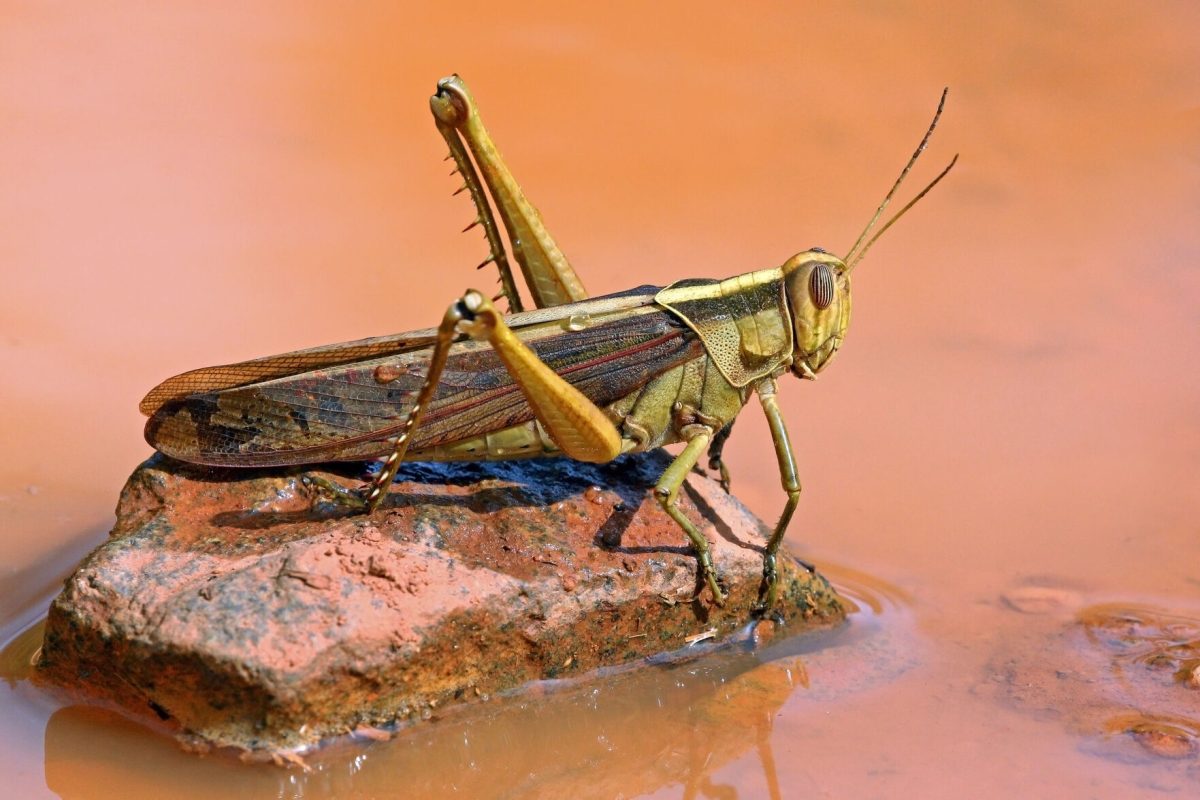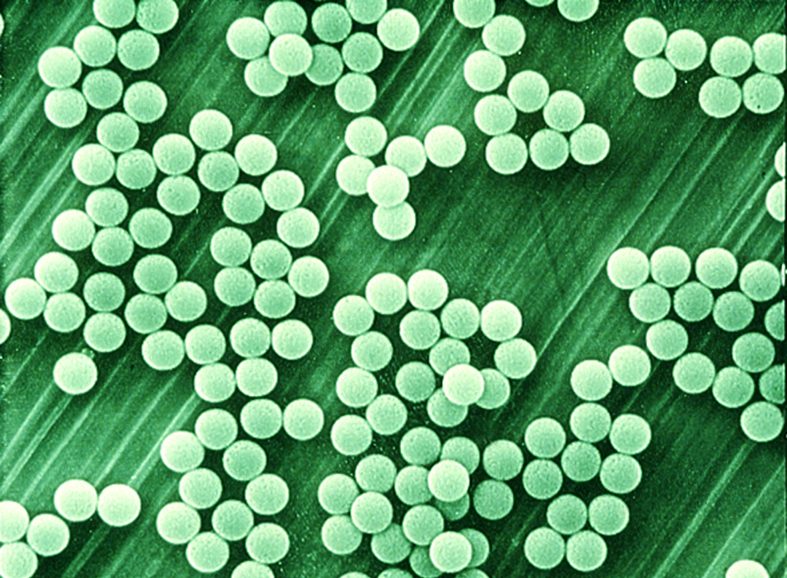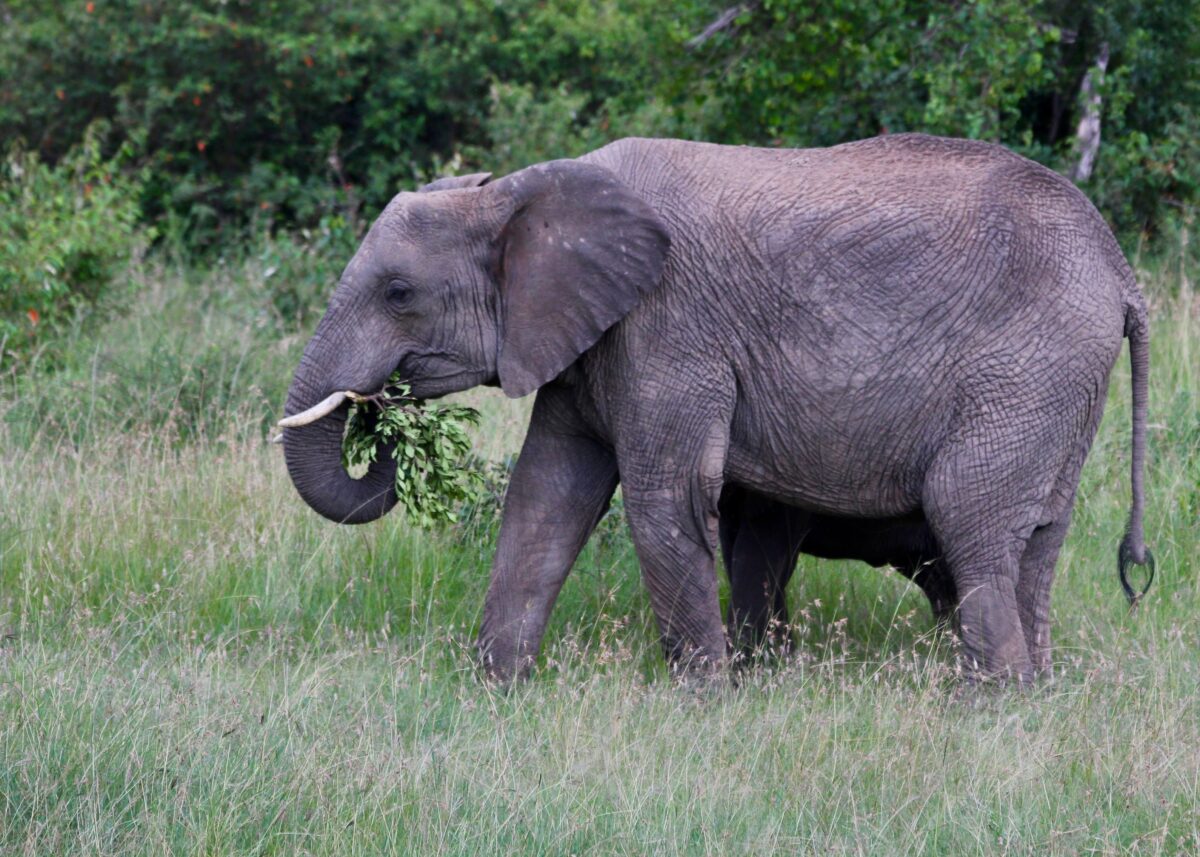You walk into a coffee shop; immediately your nose is delighted with the smell of both fresh brewed coffee and warm baked goods. But how do humans distinguish the smell of cookies or coffee from competing smells?
A new study, using insects, locusts of all things, may provide the answer. Washington University in St. Louis published a journal in the Proceedings of the National Academy of Science, on their discovery of “On” and “Off” neurons.These neurons allow locusts to recognize odors without any variance.
The researchers state this study could give rise to perfecting artificial chemical sensing systems with odor pattern recognition making a breakthrough in technology.
How do humans distinguish the smell of cookies or coffee from competing smells?
The stars of this study were locusts, short-horned grasshoppers, who were trained with the smell of fresh grass, their favorite meal.
This extensive training started with briefly starving the locusts before introducing the odor. Once the locusts were starved, the researchers sprayed hexanol or isoamyl acetate as their choice of scent. Immediately the locusts were given the reward, grass, which opened the locust’s maximal palps, appendages near their mouth.
The scientists regarded the palp opening as successful odor training. After just six trials of this procedure, the locusts were trained with the odor.
Following the training, the researchers manipulated the environment from humid to dry, duration of odor exposure, and spraying a multitude of smells.
To their surprise, the locusts could detect the original odor despite the manipulations.
After the locusts’ success in distinguishing the odor, the scientists determined the neuronal pathways for this sensing. They identified two types of neurons that fired when exposed to a smell, “On” and “Off” neurons. The “On” neurons fired during the time the odorant was present. The “Off” neurons rested when the odorant was present but fired when the odorant was removed.
Therefore, when the locusts smelled the hexanol or isoamyl acetate, the locusts would open their palps in anticipation of the fresh grass. Precisely at that time, enough “On” neurons were fired, and enough “Off” neurons were turned off to recognize a smell.
Next time you walk into a coffee shop, you can thank these locusts for helping determine the mechanisms through which we smell delicious coffee.
Tigra scientifica aims to make primary scientific literature accessible to the general public. The column is written by the students of Dr. Lesly Temesvari’s Popular Science Journalism course, BIOL 4940.















